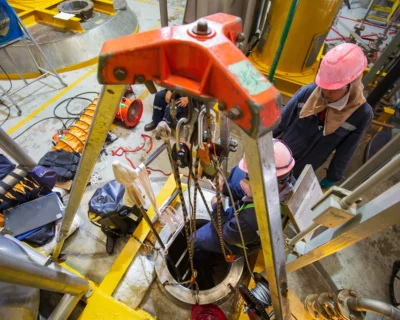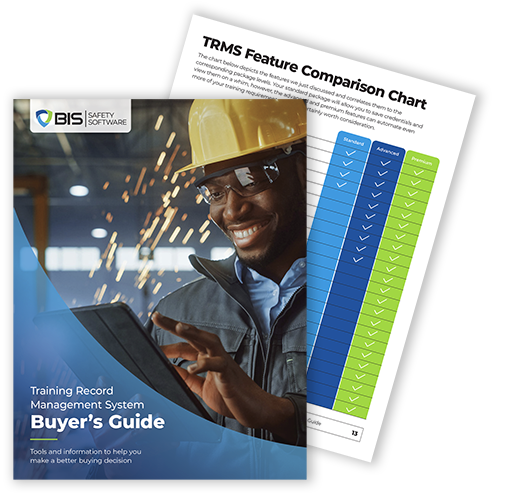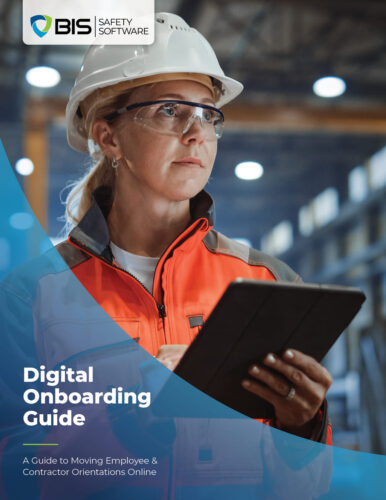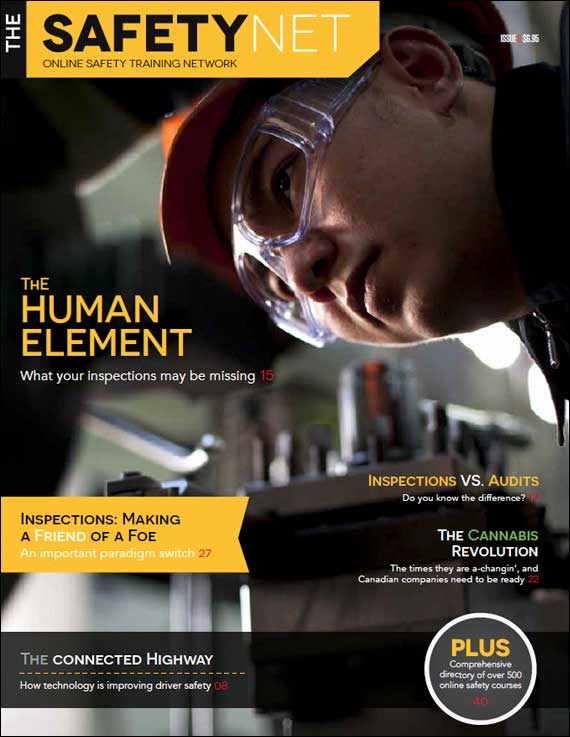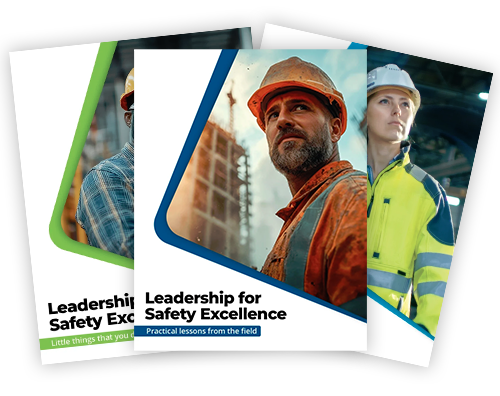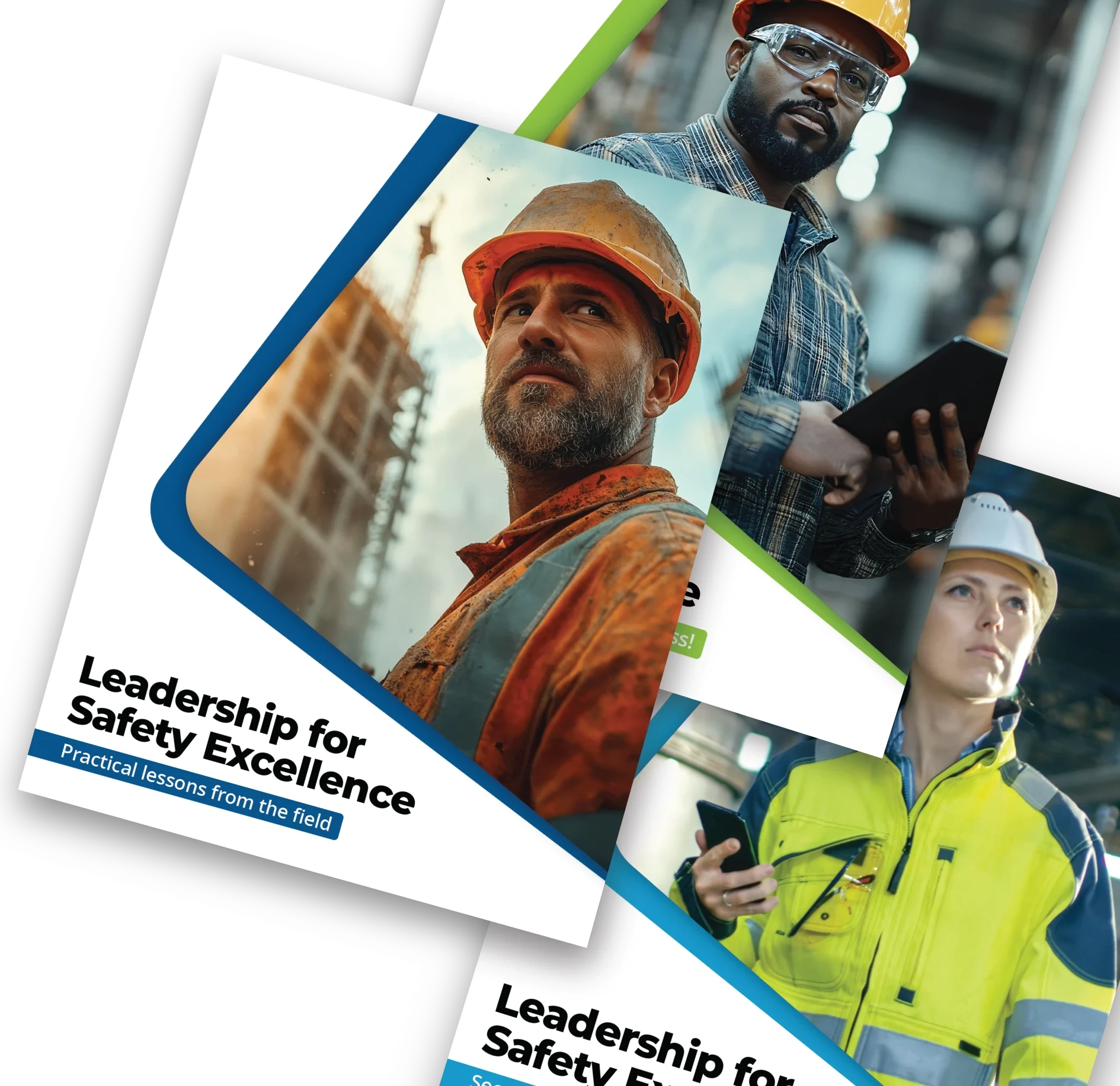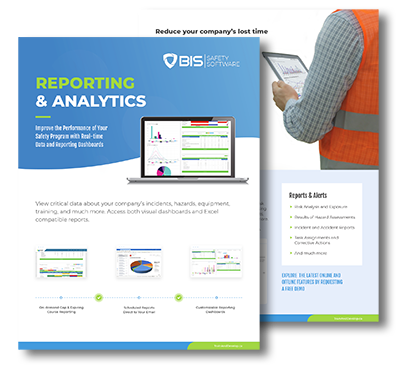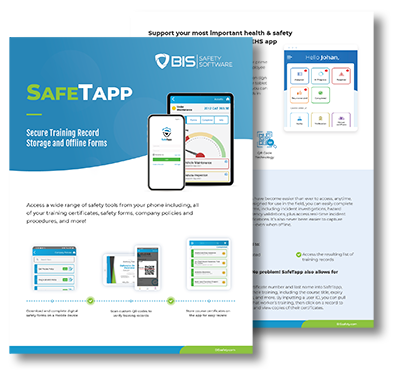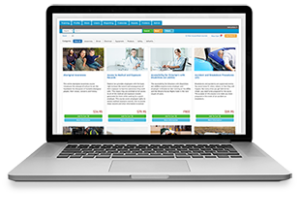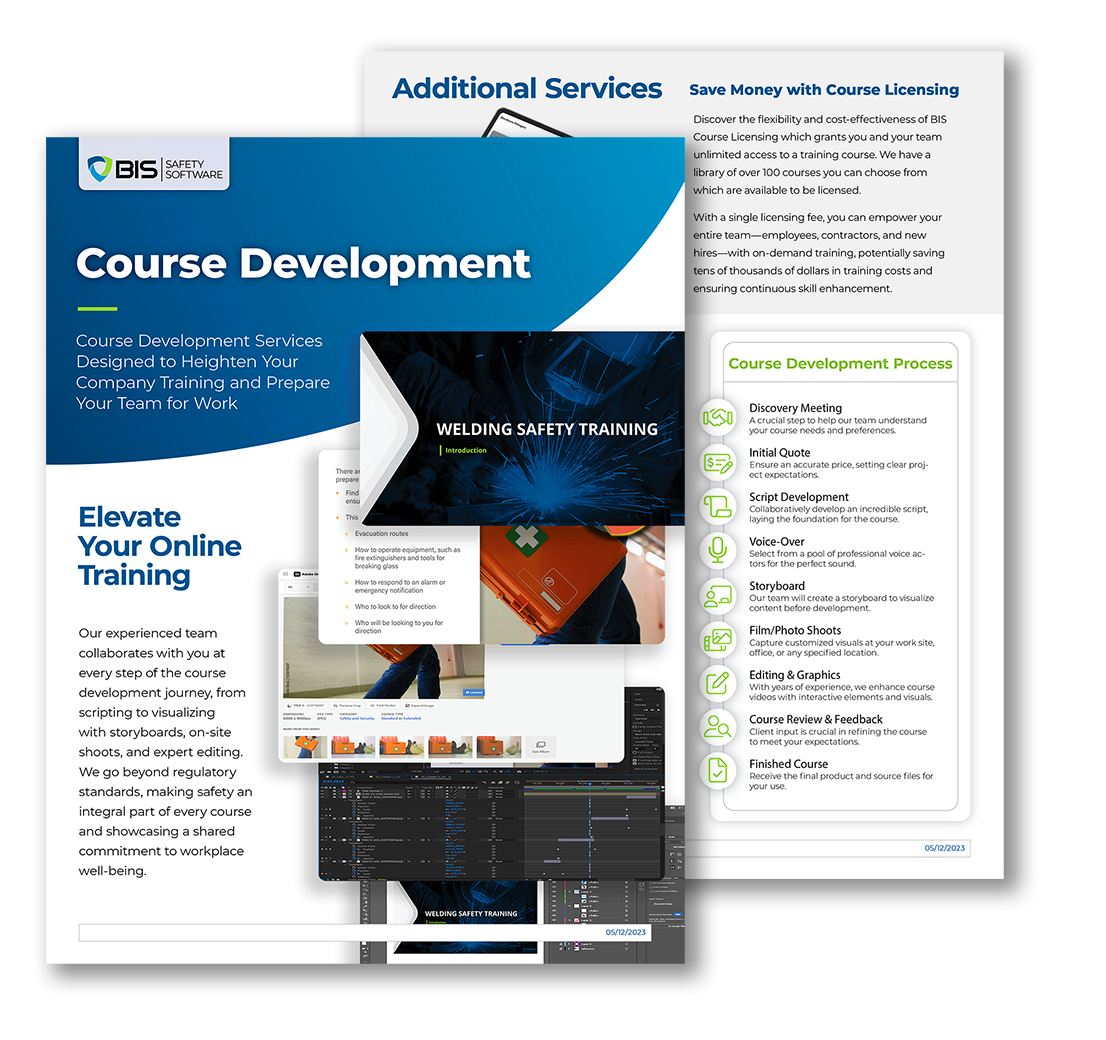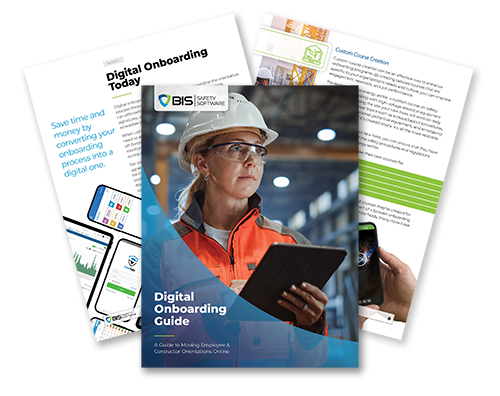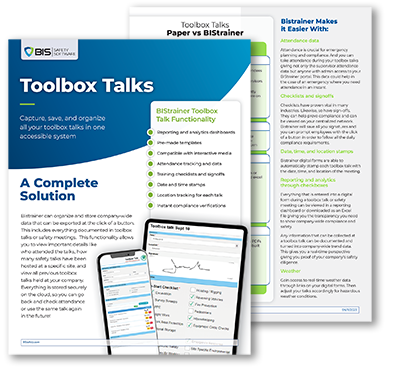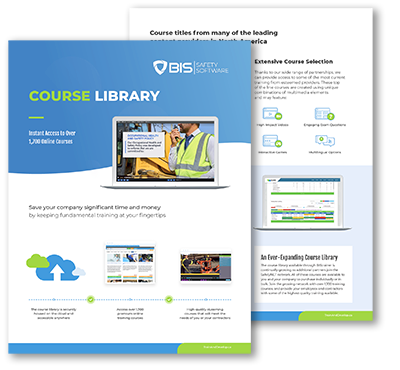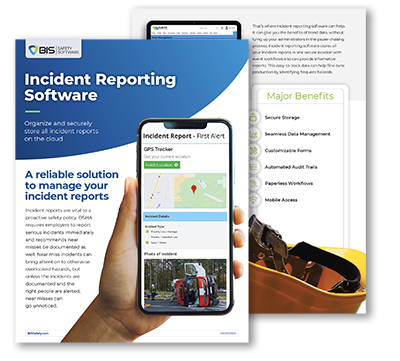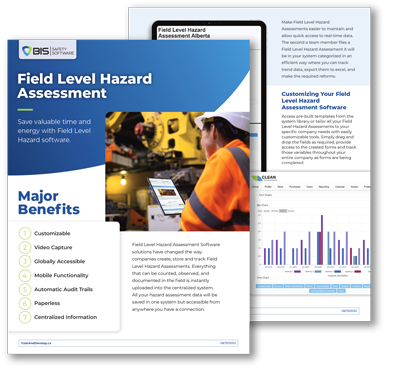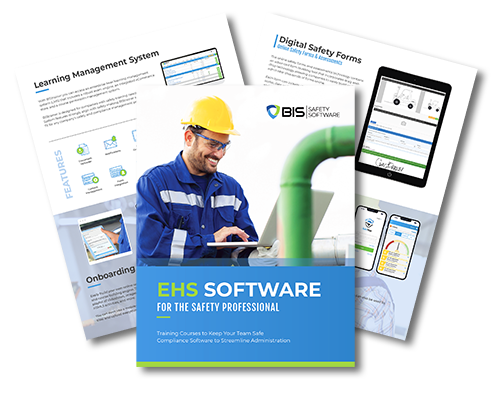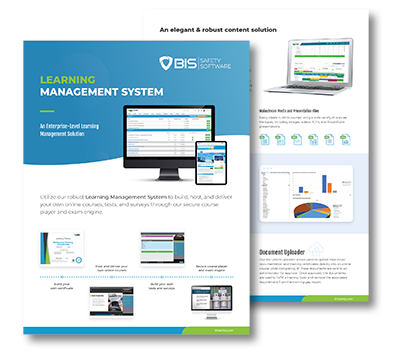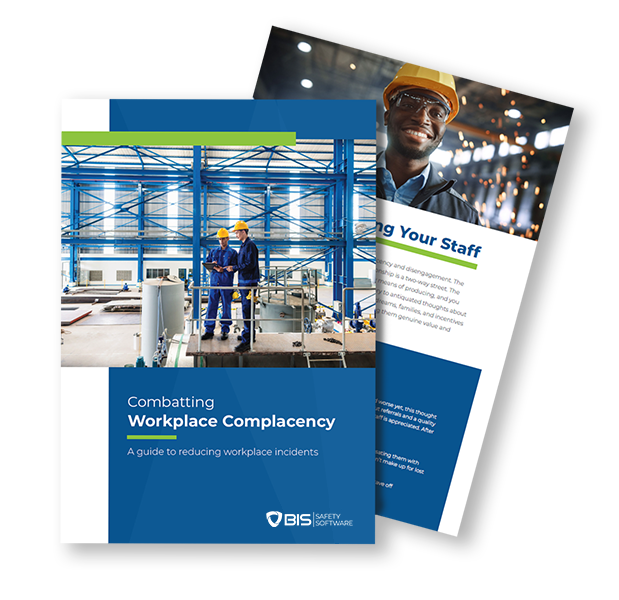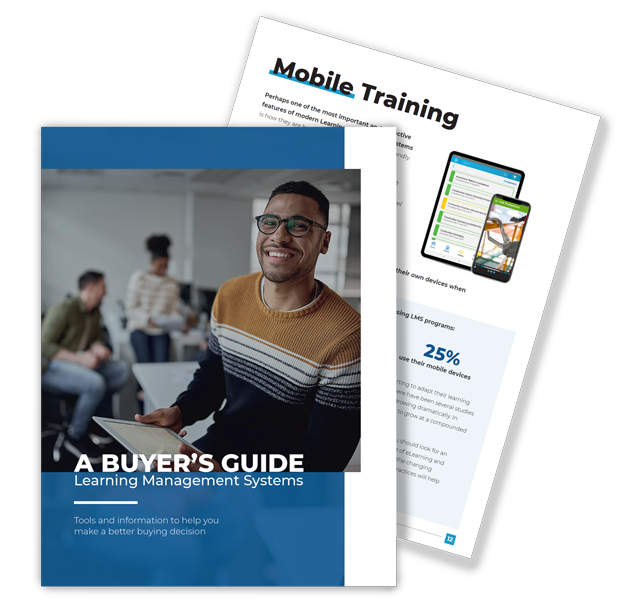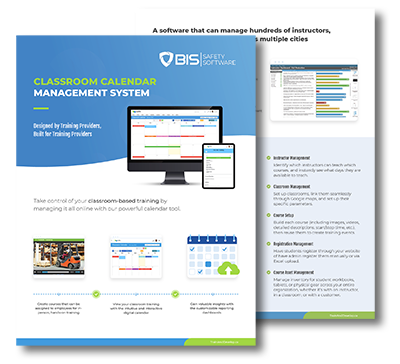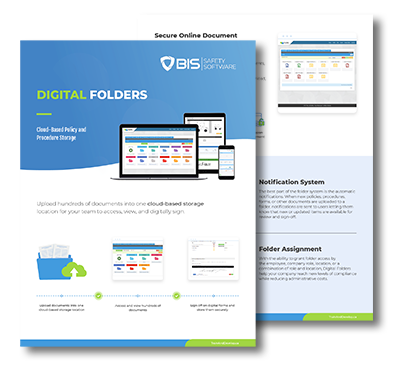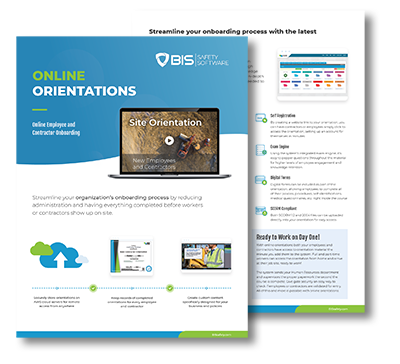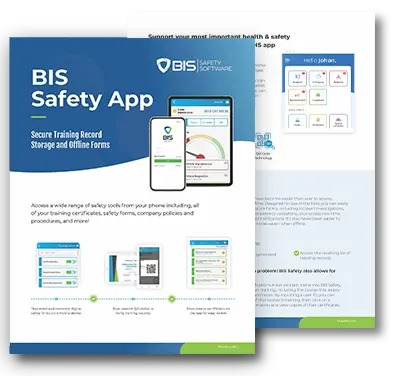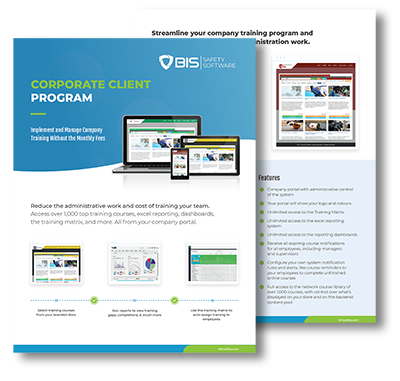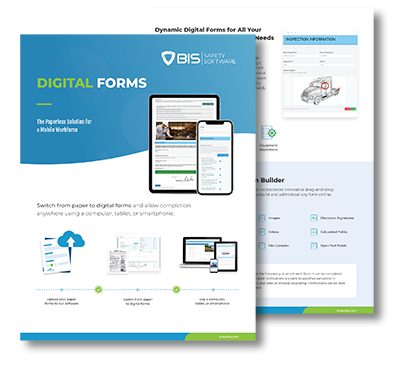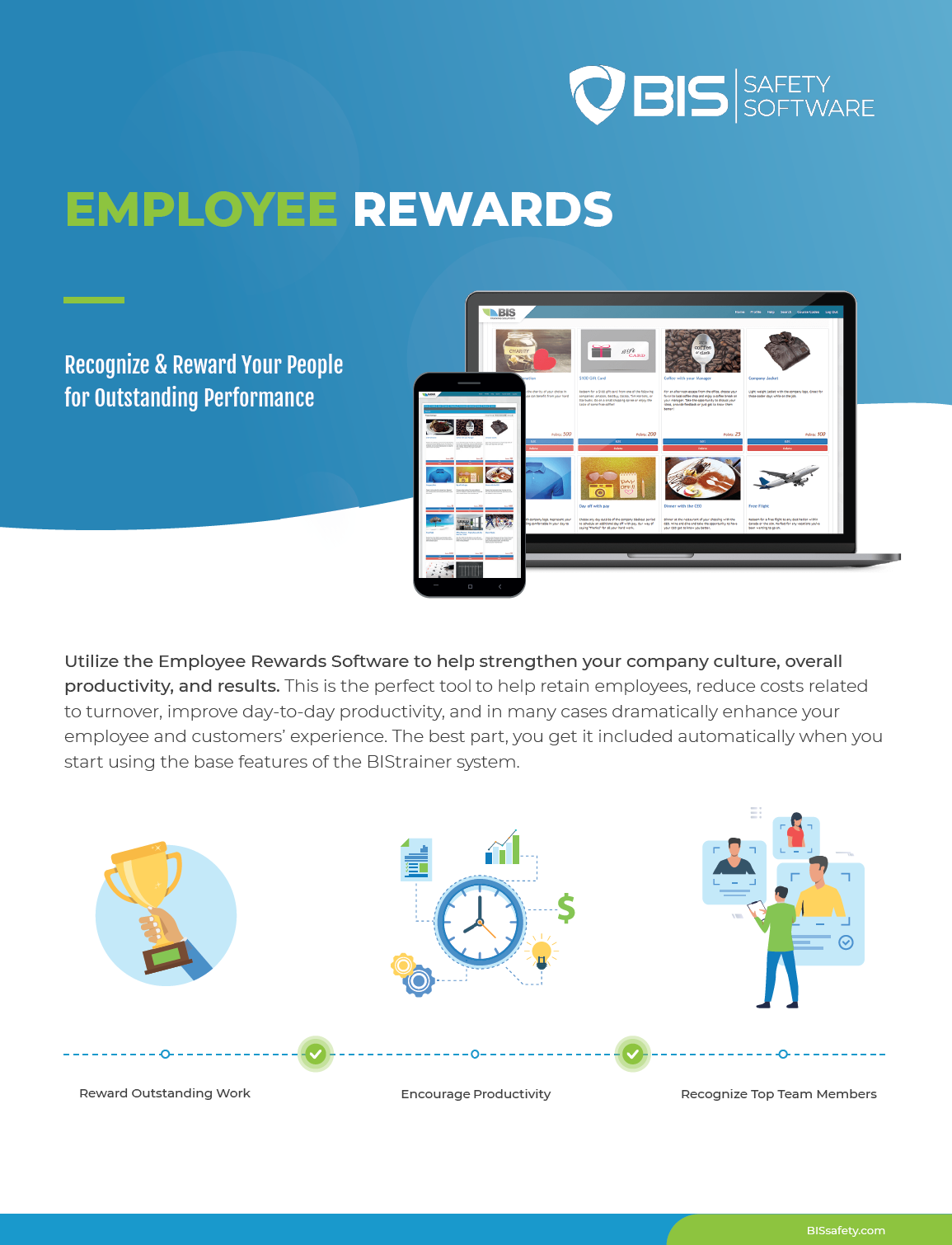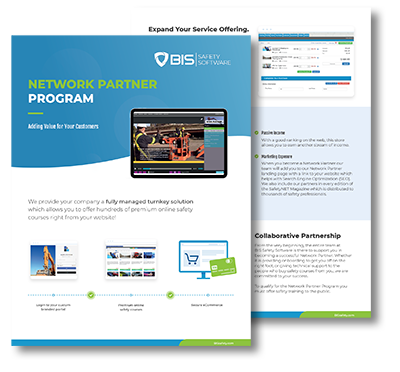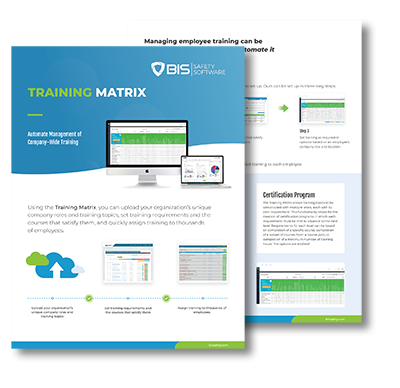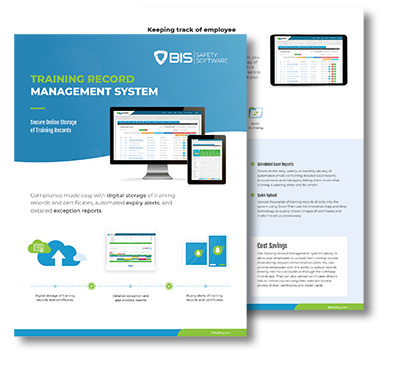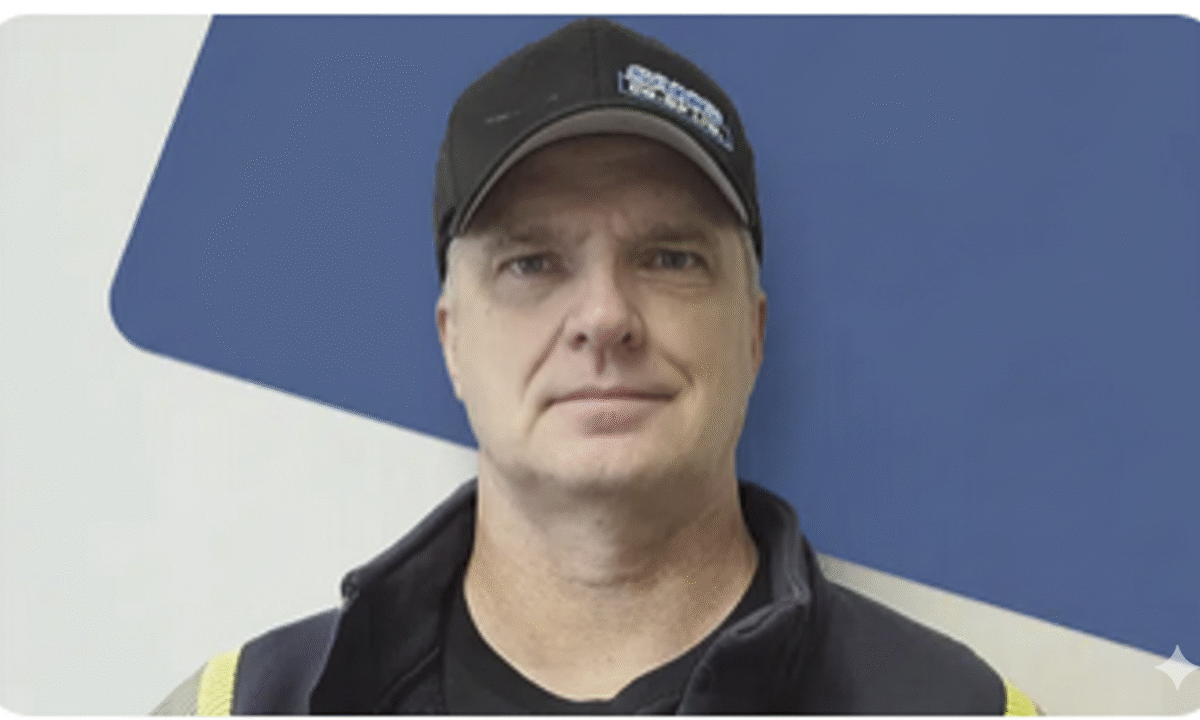
Honest leadership, Practical Outcomes
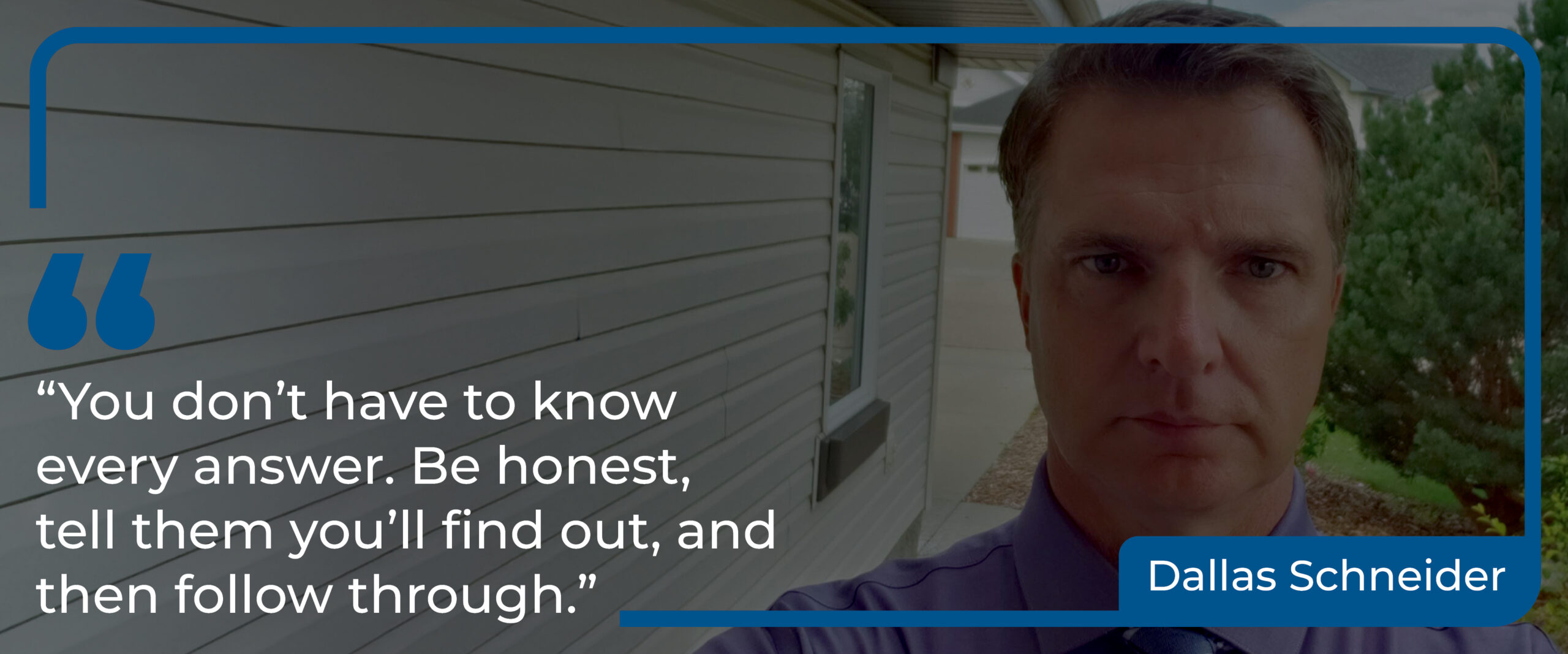
Honest leadership, Practical Outcomes
“Leadership comes first, without buy-in at the top, nothing sticks.”
Dallas Schneider’s career began in circuits and code, not construction sites. Raised in Wetaskiwin, he completed the Electronics Engineering Technology program at NAIT and spent more than ten years with IBM before pivoting to a people-first mission in safety. “I wanted my work to matter more,” he explains. That shift led through Saipem Construction and into his current role as Health and Safety Manager at Sang CoOp Ltd.
Build the system, then run the system
Dallas anchors an effective program on three pillars:
- Leadership commitment: Visible, steady executive support turns safety from a memo into a mandate. If leaders aren’t modeling it, crews won’t mirror it.
- Hazard assessments as the blueprint: “Everything ties back to good hazard assessments,” he says. Know the exposure, then engineer controls, procedures, and training that actually address it.
- Documentation that drives improvement: Plans don’t protect anyone without tracking, verification, and audits that loop into continuous improvement. He points to COR as a proven scaffold: follow the framework and success becomes far more predictable.
Make safety effortless
When the company moved from binders to the cloud, the gains were immediate. Fieldlevel hazard assessments dropped from 15–20 minutes to roughly half a minute fast enough that completion rates rose and quality improved because friction fell. Audits simplified, version control stabilized, and disaster recovery became a non-issue: “If the office went down, we’d be operational from anywhere tomorrow.” The bonus: real cost savings from cutting paper churn and lost forms.
Lead with candor, not bravado
Advice to new safety managers is refreshingly simple. You don’t need to know every answer; you need credibility. Say you’ll find out, then actually do it. Dallas also challenges the ritual of weekly meetings that devolve into noise. A tighter, well-prepared monthly session with meaningful data and clear actions often lands harder than a rushed weekly touchpoint.
Focus where harm lives
Dallas is advancing Human & Organizational Performance (HOP), shifting the mindset from perfect prevention to resilience. Not every incident can be stopped, but programs can be designed to blunt severity and prevent life-altering outcomes. In practice, that means leaning into SIF prevention: identify the few exposures that drive the worst consequences and control those first, deeply and consistently.
What experience taught him
Compliance is the floor, not the finish line. Strong safety culture reduces stress, empowers crews, and protects time as much as it protects people. The job is iterative by design: test, learn, adjust, and repeat until the system holds up under real conditions. Or in Dallas’s shorthand: work intentionally, lead transparently, and focus deliberately.



